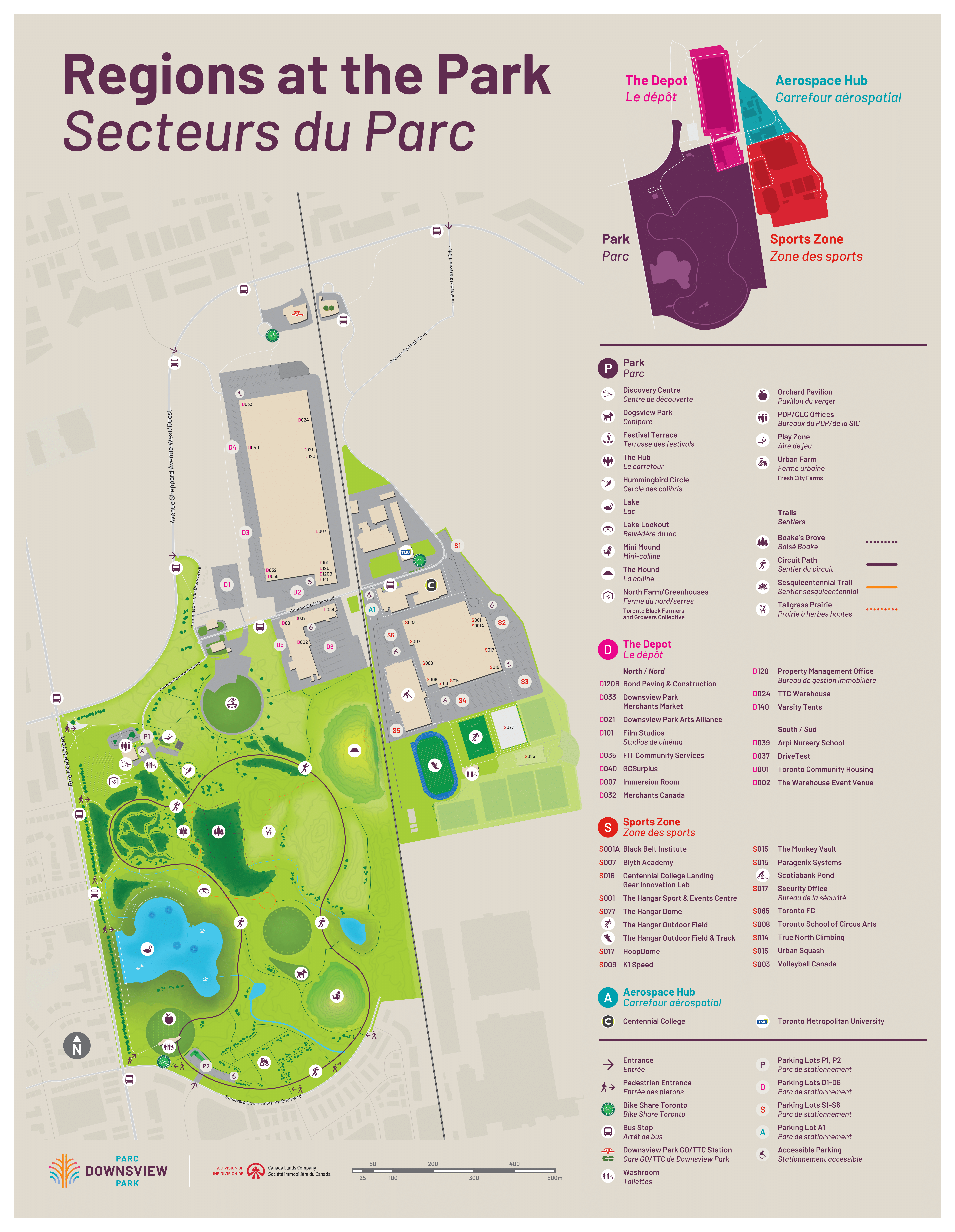Ethical Birding Practices
Downsview Park is one of the birding hotspots in Toronto, hosting more than 215 species of birds here at the Park. We encourage park visitors to be respectful to our wildlife and engage in ethical birding practices.
WHAT DOES ETHICALLY BIRDING MEAN
- Avoid stressing birds by exercising caution around nests, limiting the use of audio methods, and practicing restraint when approaching or photographing them.
- Always minimize habitat disturbance by staying on trails.
- Respect birds and their environment by supporting bird conservation and habitat preservation. Participate and raise awareness about the crucial role birds play in maintaining biodiversity.
To learn more about being an ethical birder, visit Birds Canada.
We are pleased to host a few owls during the winter season at the Park. Spotting an owl by chance is always a delight, and we aim to create a safe environment for them to visit our park annually as they migrate south from their nesting grounds in search of food.
OWL FACTS
Most owls are nocturnal and primarily do two activities: resting and hunting. It is important for owls to rest up during the day so that they have the energy to hunt at night. Owls will try to conceal themselves while they rest in the day. Human disturbance can interrupt their rest. This can lead to the owls not having the energy to hunt or being exposed to enemies in the day, such as hawks, both fates fatal to the owl.
HOW TO KNOW WHEN AN OWL IS STRESSED
When observing or photographing an owl, avoid altering its behavior. If the owl is startled and takes flight, it means you have approached too closely. Be aware of any stress signals exhibited by the owl, and promptly move along if such signs are observed:
- Eyes opened and watching you intently
- Defensive posture trying to make itself look bigger (spreading wings, raised ear tufts, and/or puffing up)
- Calling, hissing, clicking noises, or panting
- Flying away
ETHICALLY WATCHING AND PHOTOGRAPHING OWLS
- Maintain a Respectful Distance: Use binoculars or a telephoto lens to observe and photograph owls from a distance that doesn't disturb their normal behavior. Avoid getting too close, as this can cause stress.
- Observe Quietly: Keep noise to a minimum. Loud sounds and sudden movements can startle owls, leading to stress. Turn off camera flashes and use natural light whenever possible.
- Limit Exposure Time: Spend a reasonable amount of time observing or photographing owls and then move away. Prolonged exposure can lead to stress, especially during critical activities like feeding, sleeping, or nesting.
- Be Mindful of the Environment: Stay on designated paths and avoid trampling vegetation or disturbing the owl's habitat.
- Educate Others: Share ethical owl-watching practices to promote responsible behavior.
- Respect Legal Regulations: Be aware of and adhere to local and national laws and regulations regarding wildlife observation and photography.
By following these ethical guidelines, you can enjoy observing and photographing owls while ensuring their well-being and conservation.


